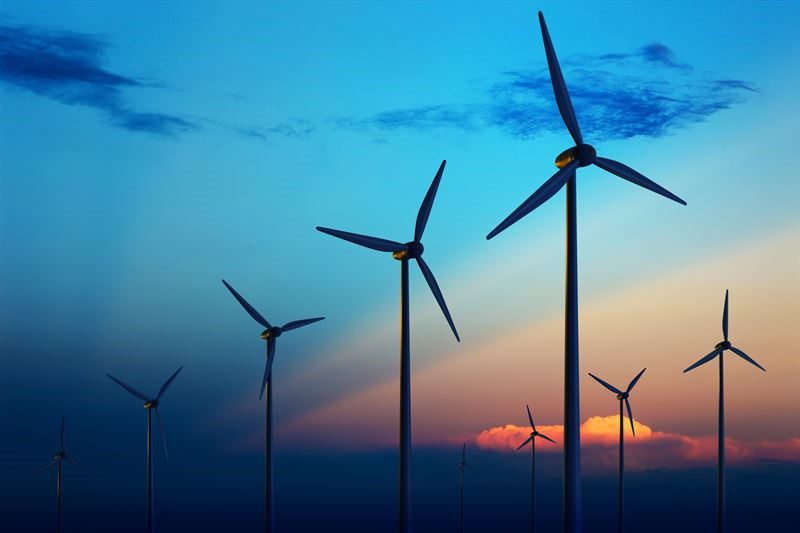Expansion of wind and solar power too slow to stop climate change

The production of renewable energy is increasing every year. But after analysing the growth rates of wind and solar power in 60 countries, researchers at Chalmers University of Technology and Lund University in Sweden and Central European University in Vienna, Austria, conclude that virtually no country is moving sufficiently fast to avoid global warming of 1.5°C or even 2°C.
“This is the first time that the maximum growth rate in individual countries has been accurately measured, and it shows the enormous scale of the challenge of replacing traditional energy sources with renewables, as well as the need to explore diverse technologies and scenarios,” says Jessica Jewell, Associate Professor of Energy Transitions at Chalmers University of Technology.
The Intergovernmental Panel on Climate Change (IPCC) has identified energy scenarios compatible with keeping global warming under 1.5°C or 2°C. Most of these scenarios envision very rapid growth of renewable electricity: on average about 1.4 per cent of total global electricity supply per year for both wind and solar power, and over 3 per cent in more ambitious solar power scenarios. But the researchers’ new findings show that achieving such rapid growth has so far only been possible for a few countries.
Measuring and predicting the growth of new technologies like renewable energy is difficult, as they do not grow linearly. Instead, the growth usually follows a so called S-curve – at first it accelerates exponentially, then stabilises to linear growth for a while, and in the end slows down as the market becomes saturated.
“We came up with a new method: to use mathematical models to measure the slope of the S-curve, that is, the maximum growth rate achieved at its steepest point. It is an entirely novel way to look at the growth of new technologies,” says Jessica Jewell.
When analyzing the 60 largest countries the researchers found that the maximum growth rate for onshore wind power is on average 0.8 per cent of the total electricity supply per year, and 0.6 per cent on average for solar – much lower than in the IPCC scenarios. Sustained growth faster than 2 per cent per year for wind and 1.5 per cent for solar has only occurred in smaller countries such as Portugal, Ireland and Chile.
“It is likely that faster growth is easier to achieve in smaller more homogenous countries, rather than in large diverse systems,” says Jessica Jewell.
“Among larger countries, only Germany has so far been able to sustain growth of onshore wind power comparable with median climate stabilization scenarios. In other words, to stay on track for climate targets, the whole world should build wind power as fast as Germany built recently. There may be limits to how fast wind and solar can be expanded and thus we should systematically analyse the feasibility of other climate solutions, especially for fast growing Asian economies such as India and China,” says Aleh Cherp, professor of Environmental Sciences and Policy at Central European University and Lund University.
The article “National growth dynamics of wind and solar power compared to the growth required for global climate targets” was published in the journal Nature Energy, written by Aleh Cherp, Vadim Vinichenko, Jale Tosun, Joel A.Gordon and Jessica Jewell.
For more information, contact:
Aleh Cherp, Professor of Environmental Sciences and Policy at Central European University and Lund University, +46 73 406 76 27, [email protected]
Jessica Jewell, Associate Professor of Energy Transitions, Division of Physical Resource Theory, Department of Space, Earth and Environment, Chalmers University of Technology, +46 73 856 77 92, [email protected]
Chalmers University of Technology in Gothenburg, Sweden, conducts research and education in technology and natural sciences at a high international level. The university has 3100 employees and 10,000 students, and offers education in engineering, science, shipping and architecture.
With scientific excellence as a basis, Chalmers promotes knowledge and technical solutions for a sustainable world. Through global commitment and entrepreneurship, we foster an innovative spirit, in close collaboration with wider society.The EU’s biggest research initiative – the Graphene Flagship – is coordinated by Chalmers. We are also leading the development of a Swedish quantum computer.
Chalmers was founded in 1829 and has the same motto today as it did then: Avancez – forward.


